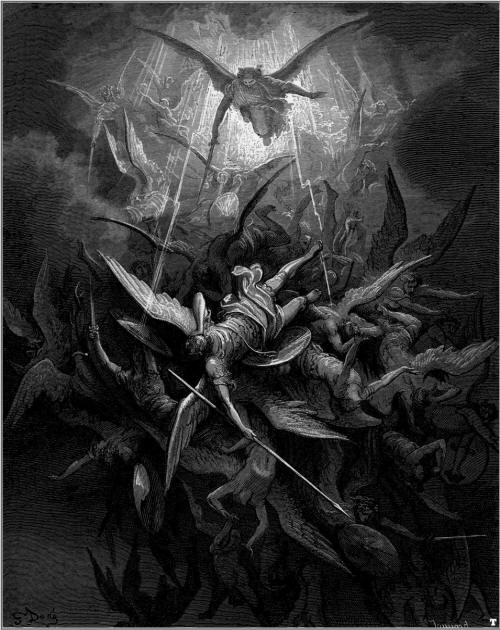English 4190, Milton, Fall 2014 MWF 10:00-10:50 pm,
CL 121
Dr. Eric W. Nye
(nye@uwyo.edu), Office Hours: MWF 11-12 pm, Hoyt Hall 308, 766-3244
Paper Two: Resentment and Obedience
Contrast the character of Samson in Milton�s Samson Agonistes (1671)
with that of Satan in the first five books of Paradise Lost (1674). Both have
recently lost battles against their adversaries and found their powers
drastically reduced. Both attempt a comeback. Both are to some extent blind. For
one of them, women contribute to his fall, and for the other women assist in his
comeback. How does each character see himself? What does he want out of
life? What does he regret most? To what extent is he truly free?
Self-determining? Obedient or enslaved? How much is he damned by resentment?
What does he resent? Are social relations equally necessary for each to be
understood? How much of their identity consists of words? Of deeds? What are
their most powerful sources of integrity and the most powerful sources of
self-division? How does the genre of each poem affect the art of
characterization in it?
This paper of three to five pages, typed double-spaced, does not require outside
research, though if any is pursued, the sources must be indicated in a
bibliography. Instead, concentrate on reviewing the primary texts themselves and
building your argument with good examples from them. Due in class, Monday, 17
November 2014.
|

|

Above:
Rembrandt van Rijn (1606-69), The Blinding of Samson (1636, Oil
on canvas, 236 x 302 cm St�delsches Kunstinstitut, Frankfurt).
Left: Gustave Dor�
(1832-83), Michael Casts out the
Fallen Angels, wood engraving for
John Milton, Paradise Lost
(London: Cassell, 1866).
|

